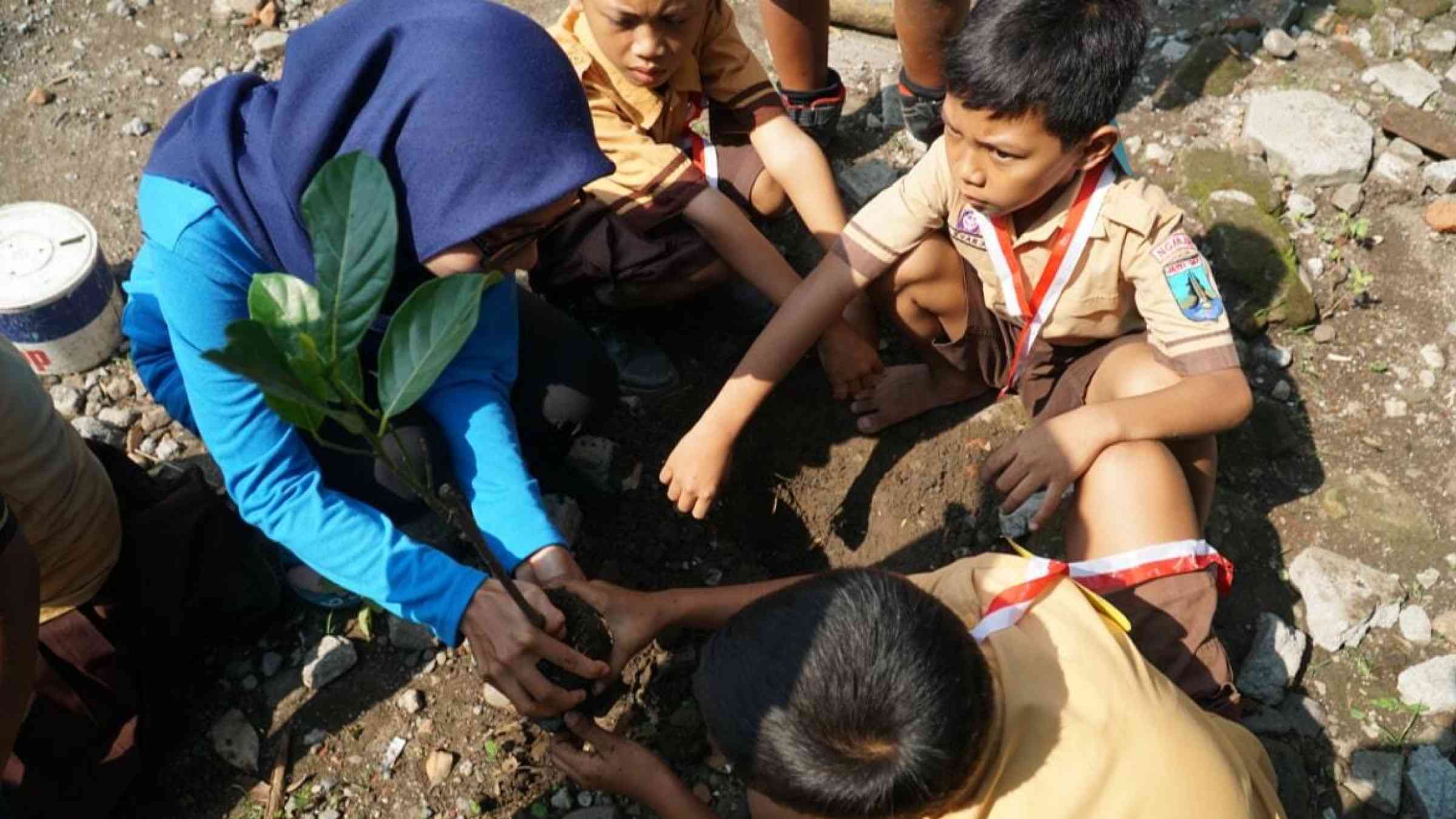G20 New Delhi Leaders’ Declaration commits resilience in a riskier planet

The New Delhi Leaders’ Declaration was unanimously adopted during the G20 Leader’s Summit on 9-10 September 2023. It has many takeaways covering a variety of pressing global challenges, including climate change, economic stability, digital economy, public health and the implementation of the 2030 Agenda for Sustainable Development.
Notably, the Declaration underscores the criticality of disaster risk reduction (DRR) and building disaster resilience in the riskier times of an increasingly warming planet. It reflects strong commitments from the leaders of the world’s major economies to accelerating full implementation of the Sendai Framework for Disaster Risk Reduction.
Integration of DRR in G20 architecture
For the first time, India’s Presidency of the G20 established an exclusive Working Group to integrate disaster risk reduction across the work of the G20 and in support of developing countries. The main objective of the G20 Working Group on DRR was to integrate risk reduction measures into public and private sector investment decisions and policy making to reduce existing risk, prevent the creation of new risk and, ultimately, build resilient economies, societies, and natural systems.
The G20 Working Group on DRR contributed substantially to the G20 New Delhi Leaders’ Declaration which highlights disaster risk reduction in paragraph 46, with the commitments to:
- Accelerate progress on Early Warning and Early Action through strengthening national and local capacities, innovative financing tools, private sector investment, and knowledge sharing.
- Continue to support augmentation of capabilities of all countries, including emerging economies, in particular developing countries, Least Developed Countries (LDCs) and small island developing States (SIDS), for promoting disaster and climate resilience of infrastructure systems and, in this regard, welcoming the Global Platform for DRR and taking note of initiatives such as the Coalition for Disaster Resilient Infrastructure in furtherance of such collaboration and sharing.
- Promote mutual learning of recovery experiences applying all the principles of Sendai Framework.
Also reflected in the Sherpa and Finance working groups of G20, the commitments demonstrate the shared understanding that DRR is not a standalone issue but an integral part of addressing the interconnected challenges of resilience building facing the world today.
Key takeaways for Asia and the Pacific – the world’s most disaster impacted region
An issue note supporting the deliberations of the G20 Working Group on Disaster Risk Reduction – Early Warning for All in Asia and the Pacific: Opportunities for Action argues that nowhere is the urgency to implement disaster risk reduction efforts more palpable than in Asia and the Pacific. As the most disaster impacted region in the world climate induced and other disaster have claimed the lives of two million people since 1970, with the poorest in the least developed countries bearing the brunt of the devastating impacts of natural hazards.
As temperatures continue to rise, new disaster hotspots emerge, and existing risks intensify, more than 80 per cent of Asia-Pacific population is exposed to multiple hazards. Early warning for all is key to protect the people and their livelihoods. Echoing the UN Secretary-General’s Early Warnings for All initiative, ‘Global Coverage of Early Warning Systems’ was listed as Priority one for the working group.
The status of multi-hazard early warning systems (MHEWS) globally, as per the Sendai Framework for DRR Target G, reveals that one-quarter of Asia-Pacific countries have substantial to comprehensive multi-hazard early warning coverage (G1), which can be further broken down into components. Reporting substantial to comprehensive levels, one-third of countries across the region have multi-hazard monitoring and forecasting (G2), half have local government dissemination mechanisms (G3), one-third have local government plans to act on warnings (G4), and, as the lowest scoring component, only 18 per cent of countries report to having accessible, understandable, usable, and relevant disaster risk information (G5). Across the subregions, South and South West Asia has the lowest self-reported multi-hazard early warning system coverage where disaster fatalities have been the highest. Further, LLDCs/LDCs in Asia and the Pacific collectively represent the lowest rates of coverage and large gaps remain for many countries in the Pacific SIDS and North and Central Asia.
A regional strategy towards operationalizing early warnings for all
Disasters are turning complex, compounding, and cascading with cross border origins and impacts. Efforts to implement the UN Early warnings for all: Executive action plan 2023-2027 at the country level could benefit from a regional strategy that seeks to build transboundary synergies.
The G20 Working Group on DRR outcome document recommends enhancing universal coverage of multi-hazard early warning systems and strengthen early and anticipatory action by promoting investments, taking into account the specific needs and contexts of different regions and the importance of a transboundary approach. This recommendation was informed by the launch of a compendium of multi-hazard early warning co-operation during the Working Group meeting.
Moving forward, the Governments of Asia and the Pacific, under a strengthened commitment to accelerating climate action for sustainable development, mandated to develop regional early warning systems. Further, through the recent ESCAP Committee on Disaster Risk Reduction (25-27 July 2023) countries of the region have recommended to (i) develop a regional strategy in support of the global and country-level implementation of the four pillars of multi-hazard early warning systems, (ii) build national capacities by leveraging innovations, including digital and geospatial applications for multi-hazard early warning systems, and (iii) request the donors to replenish the ESCAP multi-donor trust fund to achieve early warnings for all.
These regional initiatives and the G20 New Delhi Leaders’ Declaration promise to address the gaps multi-hazard early warnings systems coverage to ensure every person on Earth is protected from evolving disaster risk.